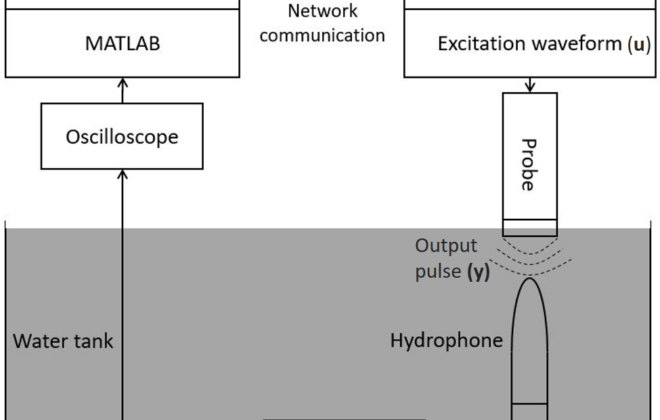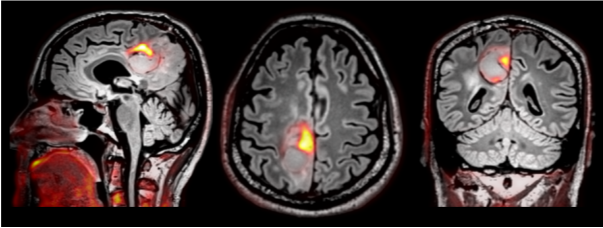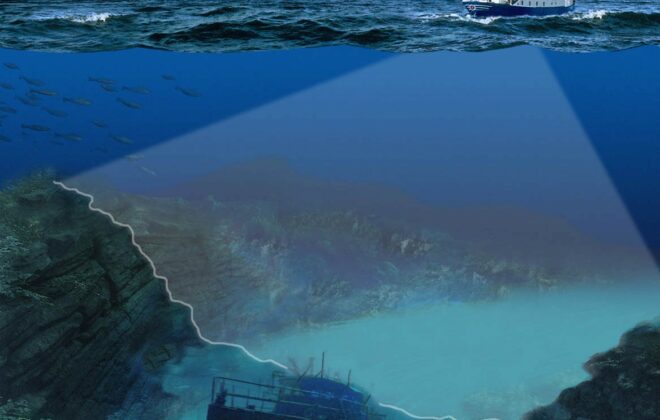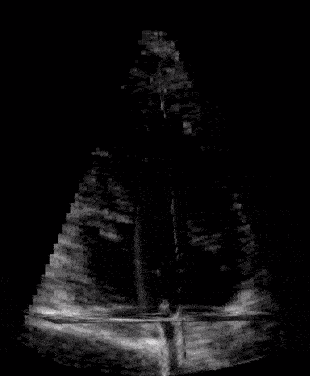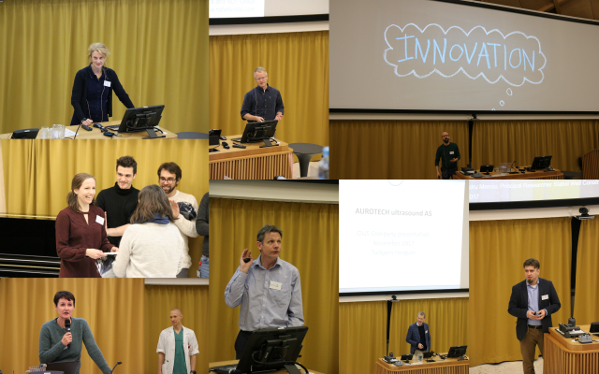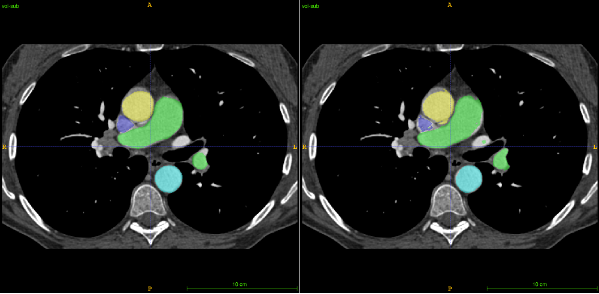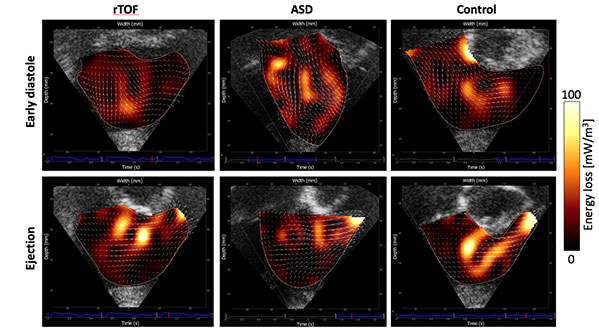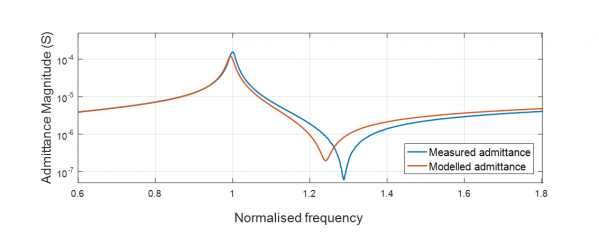Optimization of transmit ultrasound pulses in second harmonic imaging
Today, second harmonic imaging is a preferred ultrasound imaging modality, mainly due to its ability to improve image quality by suppressing undesired acoustic reverberations. This imaging modality improves the diagnostics for different medical applications, and most of the cardiac ultrasound scanners in the hospitals use this method. We have established an experimental measurement system to measure, manipulate, and optimize excitation waveforms, and one of the goals is to reduce the undesired transmitted signal.
Can hybrid PET/MRI improve the diagnostic accuracy of brain glioma?
Gliomas are the most common primary brain tumors in adults with an incidence of around 250 cases per year in Norway. The outcome is poor, and the diagnostic accuracy is essential to estimate overall prognosis and to plan the best treatment for the patient. Can a hybrid PET/MRI system improve the diagnostic accuracy and treatment planning for this patient group?
Want to learn more about the Norwegian ultrasound research and business community?
Then watch NRK2 Saturday January 27th at 5.55 pm (in Norwegian) were I will talk about the development of the Norwegian ultrasound research and business community, and some of the ongoing projects within CIUS. The Norwegian ultrasound community is world leading within its fields. The…
Potential improvement in sonar seabed mapping
Today, a significant part of the oceans remains coarsely mapped. Some specific areas like the continental shelves will require high-resolution surveys. This represents a very long and expensive task that will keep scientist busy for several decades. A way to reduce costs and time could be to improve the efficiency of current surveys. We are trying to do this by sending more signals in the water at the same time.
The Multi-beam echo sounder is recognized as one of the most efficient and reliable tool for seabed mapping. Applications range from regional mapping of the seabed for geological surveys to the inspection of man-made objects such as pipelines or ship wrecks.
By Antoine Blachet, PhD Candidate, CIUS – Centre for Innovative Ultrasound Solutions.
Measuring the heart’s blood flow behaviour in 3D
Given that cardiovascular related diseases are the most probable cause of death globally, according to WHO, we believe that more information regarding blood behaviour can help the doctors make better diagnosis at an earlier stage. But how can you measure these properties inside the heart, behind the ribs, under the skin, without moving the patients from their bed?
By Morten Smedsrud Wigen, PhD Candidate, Department of Circulation and Medical Imaging and CIUS – Centre for Innovative Ultrasound Solutions.
Enhancing marine sonar and medical ultrasound imagery using wave coherence
CIUS researchers are investigating whether a property of ultrasonic waves known as coherence can be used to detect microcalcifications in human tissue for cancer screening. In marine sonar, it has already been used successfully for detecting and characterising objects and features on the seafloor. The…
Innovations in ultrasound – CIUS Fall Conference Day 2017
Innovation was the main topic at the Fall Conference Day for the Centre for Innovative Ultrasound Solutions (CIUS). Invited guest speakers, industry partners and CIUS researchers presented the latest, and coming, technology and applications within ultrasound. CIUS industry partners Aurotech Ultrasound AS opened the conference…
Automatic lung cancer staging using CT data
For patients suffering from lung cancer, the diagnosis phase is crucial in order to select the best course of action and predict both outcome and survival expectancy. At the same time, the diagnosis is solely based on one CT data and relies heavily on the…
Blood flow secrets in small hearts
Using a new ultrasound technique, we have been able to visualize and measure how efficiently blood flows through the heart chambers in young children with congenital heart disease. We studied 37 children aged two weeks to 10 years, and among the 26 children, which had congenital heart disease, we found less efficient hearts, meaning they use more energy than a normal heart.
Reducing SONAR overheating
Within the maritime industry, ships use SONAR (Sound Navigation and Ranging) systems in order to make maps of the seabed. The problem with SONARs, is that they have a tendency to overheat. Our aim is to predict the temperature rise in the materials used in…

